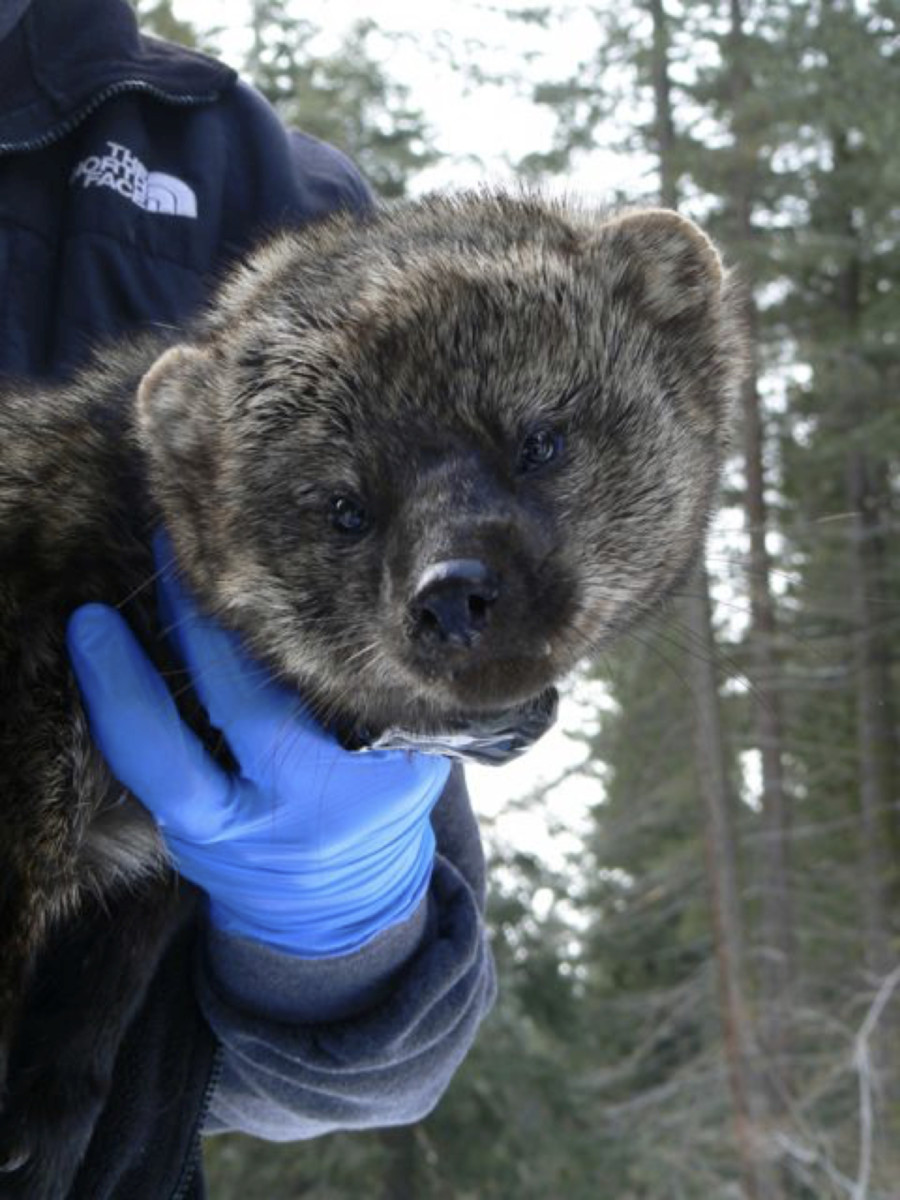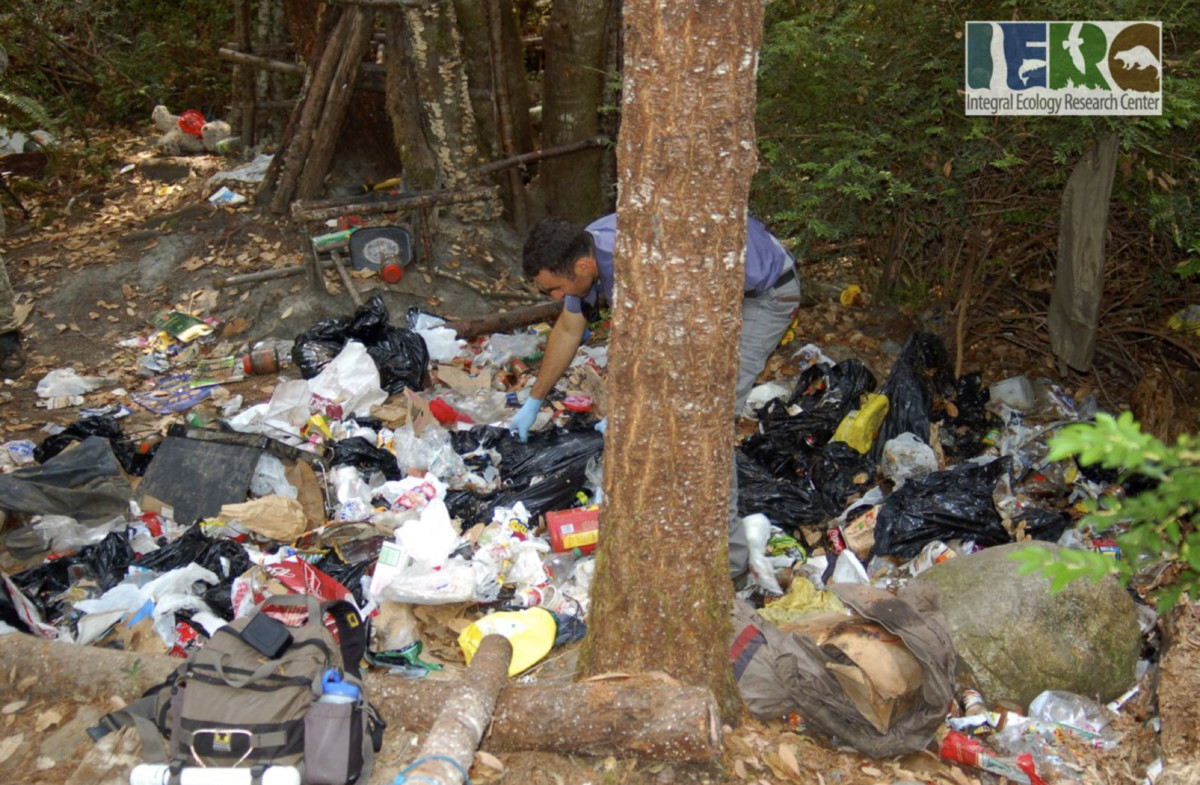Federal and state wildlife scientists who study the rare Pacific fisher have tested fishers killed this past year by vehicles or predators, as well as those found without any obvious cause of death. According to research results discussed at a recent Southern Sierra fisher workshop session that CSERC staff attended, all 22 fishers tested this year showed some level of contamination by rodenticides. That means that even for animals that don’t ingest enough to die immediately, the poison can still cause them to stagger, become disoriented, or become so weak that they may blunder out into traffic on forest roads or easily fall victim to lurking predators.

Dr. Mourad Gabriel (shown at right at a grow site in 2015) of the Integral Ecology Research Center is one of the leading experts about rodenticide risk to wildlife and the threats posed by grow sites. His efforts to publicize the problem have been instrumental in making agencies and politicians aware of the need for more effective enforcement and clean up of toxic-laden sites, especially on public forest lands.


